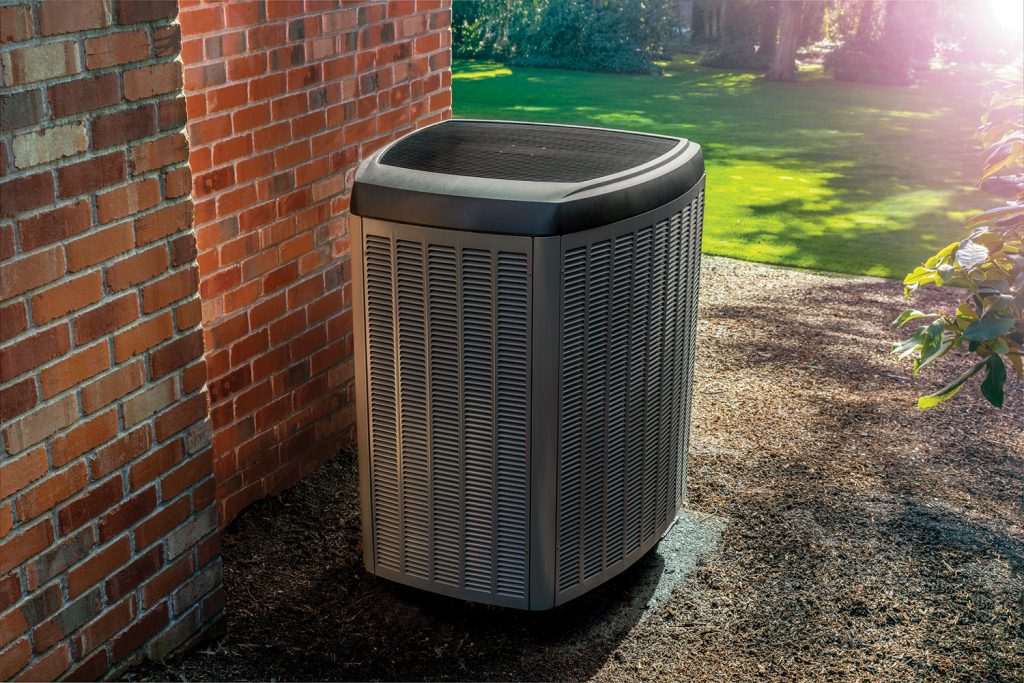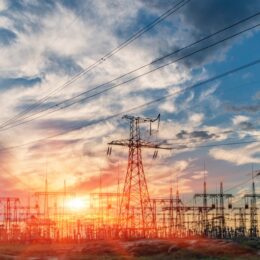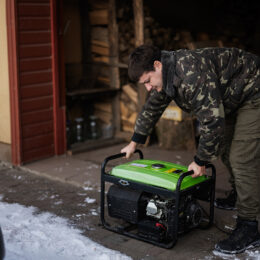
By Shane Neher
In search of a lower energy bill, a cleaner environment or just a more comfortable temperature in your home?
Odds are a heat pump retrofit will deliver all three and more.
What is a retrofit, you ask?
A retrofit integrates new components in your current HVAC (heating, ventilation and air conditioning) system to improve its efficiency. That way, you won’t need to replace your entire HVAC system.
In this case, we’re talking about installing an electric heat pump to replace fossil-fuel burning systems, such as propane, oil or even natural gas.
According to Energy information Administration data from 2015, about 46% of the housing units (53.8 million) in the United States have forced-air systems which use fossil fuels as their primary heat source.
By converting the accompanying furnaces to heat pump air handlers, homeowners can save money two ways:
- They don’t have to replace the full system.
- They can save energy and lower their monthly energy bills.
There are a few keys to a successful retrofit, however.
First, be sure to correctly calculate the size of your heat pump.
If you underestimate the amount of heating and cooling needed, the equipment won’t be able to maintain comfortable temperatures, especially under extreme conditions. It will also increase the workload and eliminate some of those efficiency savings.
More common is oversizing the equipment. Not only does larger equipment cost more (and who wants to spend more money than necessary?), but oversized units will cycle on and off more often. That also leads to a loss in efficiency, not to mention additional wear and tear on the equipment. And with air conditioning, a short cycle fails to dehumidify the house sufficiently.
Second, retrofit projects must be done by trained technicians.
Electrical work, if not done correctly, can result in shock or fire, while failed refrigerant connections could result in leaks and/or equipment failure, as well as potential environmental harm.
Finally, be sure you know how to use your new system to achieve the maximum benefits in both comfort and savings.
The temperature setting is critical. Knowing how the system works and how to turn it on and off is also vital.
With all of that in mind, a heat pump retrofit — done correctly — could save you plenty of dollars and make a lot of sense.
SHANE NEHER is energy advisor at JCREMC in Franklin, Indiana.



